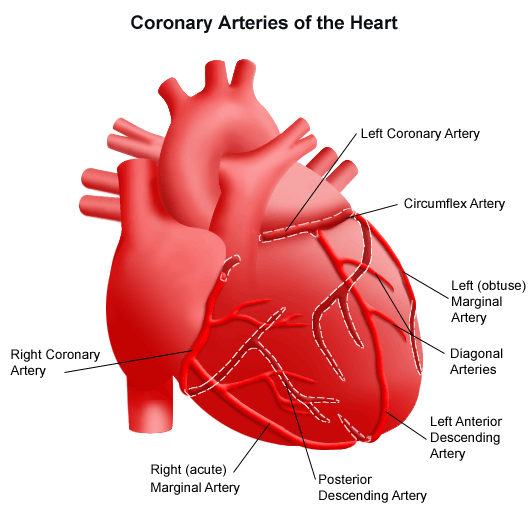A Dutch group from the University of Groningen has shown that fat-based stem cells can enhance the proliferation of cultured heart muscle cells. The stem cells used in these experiments were preconditioned and this pretreatment greatly enhanced their ability to activate heart muscle cells.
This paper, by Ewa Przybyt, Guido Krenning, Marja Brinker, and Martin Harmsen was published in the Journal of Translational Medicine. To begin, Przybyt and others extracted human adipose derived stromal cells (ADSC) from fat tissue extracted from human liposuction surgeries. To do this, they digested the fat with enzymes, centrifuged and washed it, and then grew the remaining cells in culture.
Then they used rat neonatal heart muscle cells and infected them with viruses that causes them to glow when certain types of light was shined on them. Then Przybyt and others co-cultured these rat heart cells with human ADSCs.
In the first experiment, the ADSCs were treated with drugs to prevent them from dividing and then they were cultured with rat heart cells in a one-to-one ratio. The heart muscle cells grew faster with the ADSCs than they did without them. To determine if cell-cell contact was required for this stimulation, they used the culture medium from ADSCs and grew the heart cell on this culture medium. Once again, the heart cells grew faster with the ADSC culture medium than without it. These results suggest that the ADSCs stimulate heart cell proliferation by secreting factors that activate heart cell division.
Another experiment subjected the cultured heart cells to the types of conditions they might experience inside the heart after a heart attack. For example, heart cells were subjected to low oxygen tensions (2% oxygen), and inflammation – two conditions found within the heart after a heart attack. These treatments slowed heart cell growth, but this heart cell growth was restored by adding the growth medium of ADSCs. Even more remarkably, when ADSCs were grown in low-oxygen conditions or treated with inflammatory molecules (tumor necrosis factor-alpha or interleukin-1beta), the culture medium increased the fractions of cells that grew. Therefore, ADSCs secrete molecules that increase heart muscle cell proliferation, and increase proliferation even more after the ADSCs are preconditioned by either low oxygen tensions or inflammation.
In the next experiment, Przybyt and others examined the molecules secreted by ADSCs under normal or low-oxygen tensions to ascertain what secreted molecules stimulated heart cell growth. It was clear that the production of a small protein called interleukin-6 was greatly upregulated.
Could interleukin-6 account for the increased proliferation of heart cells? Another experiment showed that the answer was yes. Cultured heart cells treated with interleukin-6 showed increased proliferation, and when antibodies against interleukin-6 were used to prevent interleukin-6 from binding to the heart cells, these antibodies abrogated the effects of interleukin-6.
Przybyt and others then took these results one step further. Since the signaling pathways used by interleukin-6 are well-known, they examined these pathways. Now interleukin-6 signals through pathways, once of which enhances cell survival, and another pathway that stimulated cell proliferation. The cell proliferation pathway uses a protein called “STAT3” and the survival function uses a protein called “Akt.” Both pathways were activated by interleukin-6. Also, the culture medium of ADSCs that were treated with interleukin-6 induced the interleukin-6 receptor proteins (gp80 and gp130) in cultured heart muscle cells. This gives heart muscle cells a greater capacity to respond secreted interleukin-6.
This paper shows that stromal stem cells from fat has the capacity, in culture, to activate the growth of cultured heart muscle cells. Also, if these cells were preconditioned with low oxygen tensions or pro-inflammatory molecules, those fat-based stem cells secreted interleukin-6, which enhanced heart muscle cell survival, and proliferation, even if those heart muscle cells are exposed to low-oxygen tensions or inflammatory molecules.
This suggests that preconditioned stem cells from fat might be able to protect heart muscle cells and augment heart healing after a heart attack. Alternatively, cardiac administration of interleukin-6 after a heart attack might prove even more effective to protect heart muscle cells and stimulate heart muscle cell proliferation. Human trials anyone?

